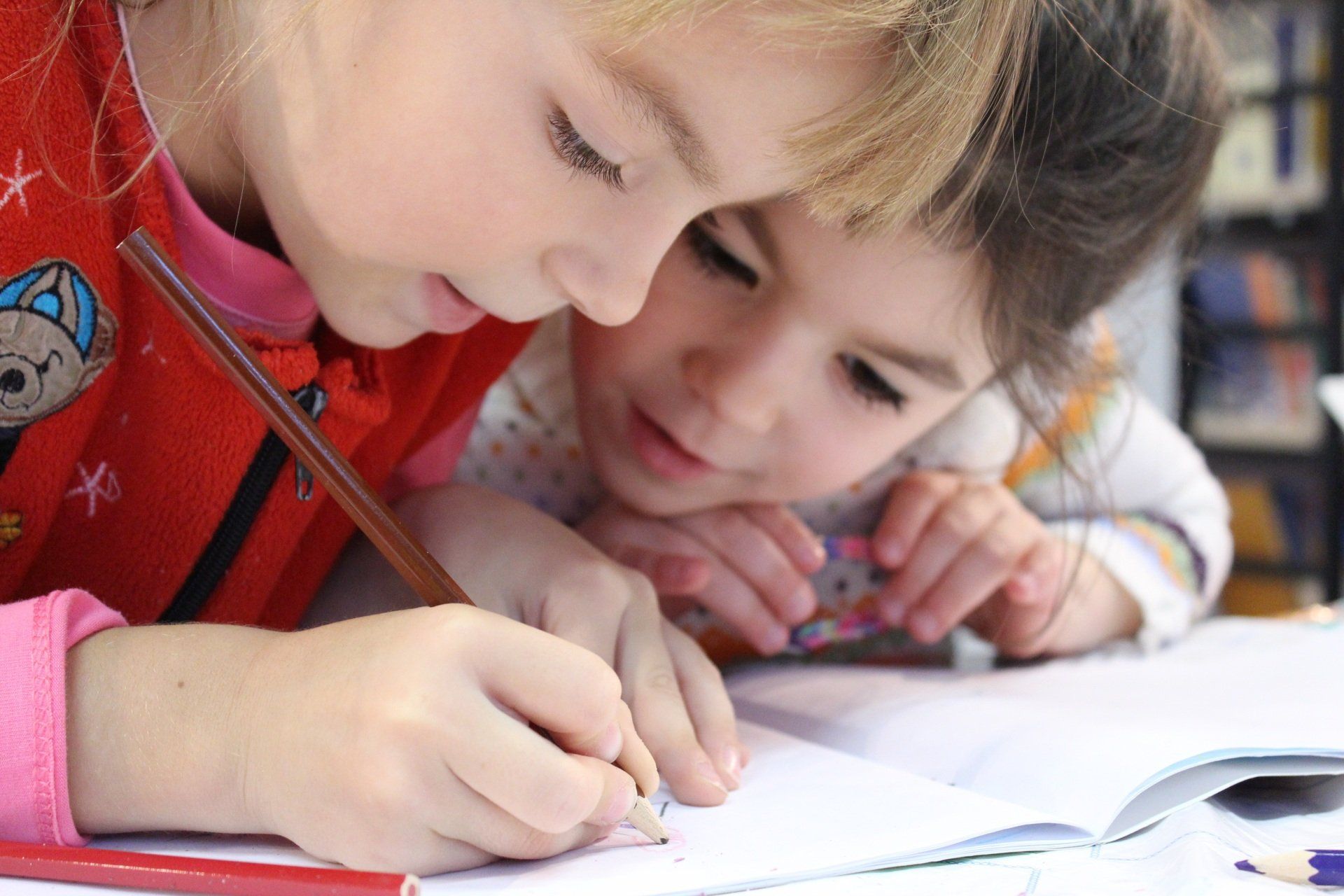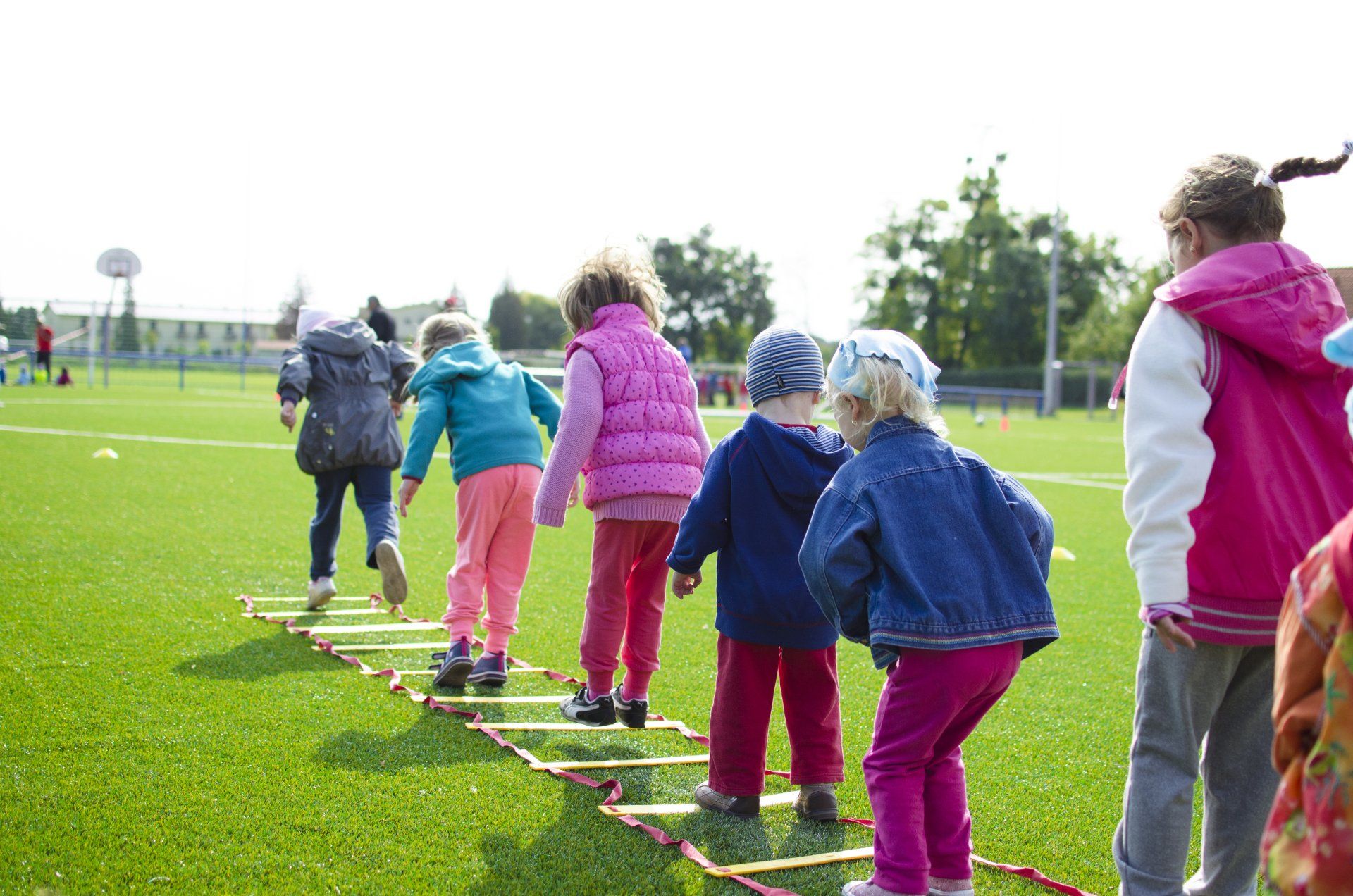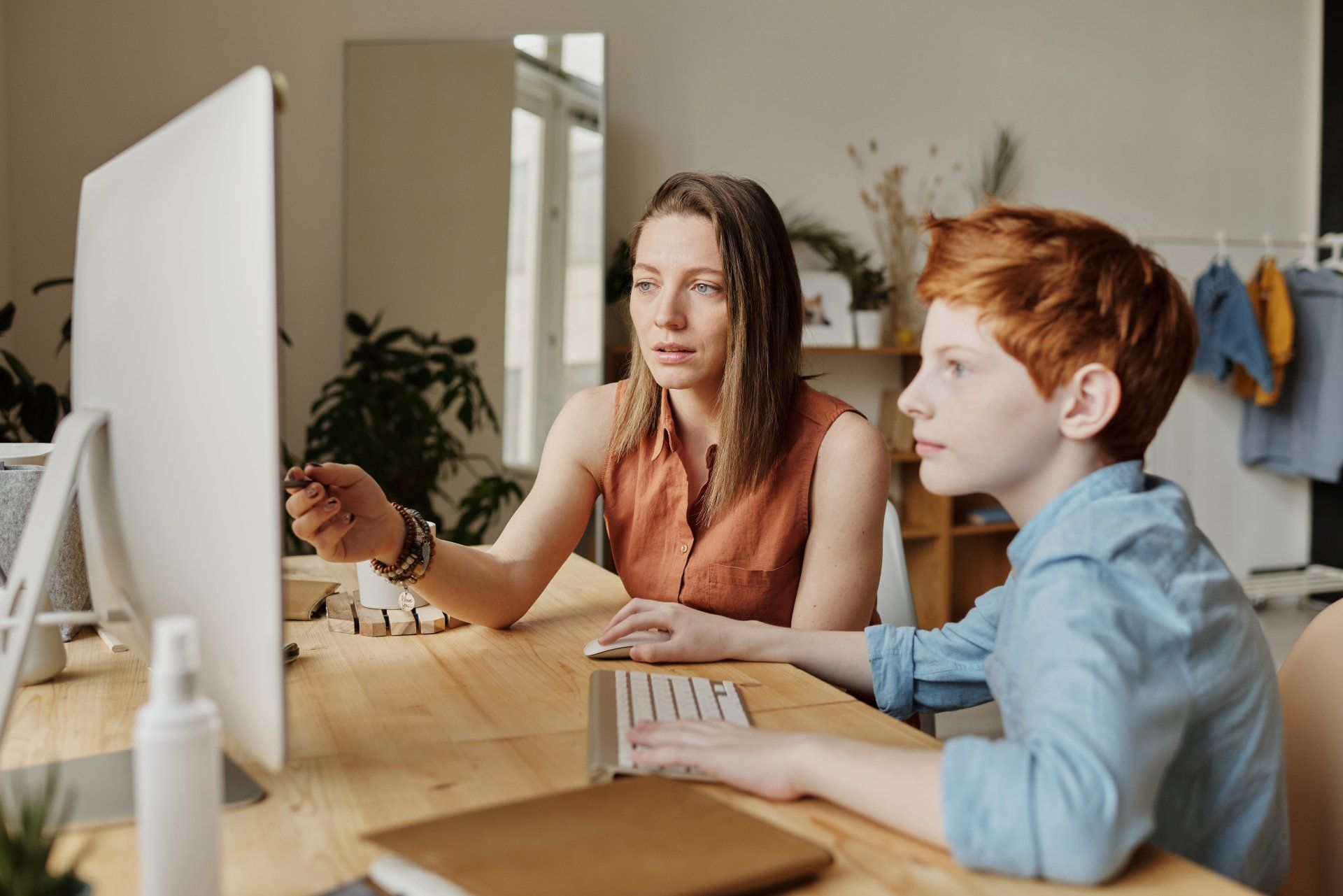
Paediatric.
Paediatric / Children Occupational Therapy.
Our paediatric Occupational Therapists (OTs) work with children from as young as 2.5 years to adolescents to help them engage in fundamental development activities such as self-care, school, play, socialising and pursuing hobbies. By focusing on these key areas, OTs facilitate development, increase independence, enhance skills and promote participation in your child/teenagers' everyday activities. The areas we often treat are:
Fine-motor skills
Fine motor skills involve the use of the smaller muscle of the hands like using pencils, scissors, construction with Lego, doing up buttons and opening lunch boxes. Fine motor skill efficiency significantly influences the quality of the task outcome as well as the speed of task performance.
Pencil grip
- The ability to hold a pencil correctly can affect a child’s attitude to learning and school work, their academic achievement and their motor/joint development. Non-functional pencil grips are painful and can cause the child’s hand and arm to fatigue quickly, which if not treated in their earlier years, can be detrimental when they progress in schooling when more writing is required and the habit has been formed.
Consolidating pre-writing patterns
- Before a child has enough control to form letters correctly, they need to understand patterns and shapes in letters.
Drawing
- Increases a child's imagination and provides them a positive outlet for expression and creativity. It allows you to see what is going on in their mind, and also lets them grow in their uniqueness and originality.
- Provides a form of displaying emotion and feelings e.g., through the colours they use and the things they draw are a great way for children to show how they feel.
- Increase their cognition by acquiring knowledge and understanding through thought, experience and the senses. Drawing means they are constantly thinking or feeling something, so what they choose to draw, the patterns they use and the story they try to portray helps them build in their knowledge and visual skills.
- Increases their fine motor and coordination skills as they get to practice how to properly hold a pencil and how to colour in small closed areas.
Handwriting
The extent to which a student is able to demonstrate their academic ability is significantly reliant upon their ability to capture their thoughts in written communication. For each year level and academic task that a student attempts, there is usually a prescribed (known) or even an unwritten expectation of how much should be written, by what means (typed, handwritten using pencil or later pen) and how the information should be structured.
The building blocks to develop handwriting are:
- Core body strength to maintain an upright posture at the table.
- Finger and hand strength to hold and manipulate a pencil for writing (i.e., write without getting tired).
- Ability to use a functional pencil grip.
- Ability to form letters correctly starting at the right place, moving in the right direction, spacing letters correctly on the lines and making the letters an appropriate size.
- Understanding of receptive language for comprehension.
- Ability to use expressive language to express themselves verbally.
- Understanding of literacy skills (i.e., sentence structure, grammar and spelling).
Scissor skills
- The open and close motion of cutting allows children to build up the small muscles in their hands. These muscles serve an important purpose as they are the same muscles that will allow your child to hold a pencil, as well as carrying out everyday independent tasks such as brushing teeth, eating with utensils and getting dressed.
In-hand manipulation
In-hand manipulation refers to the ability to move and position objects within one hand without the help of the other hand. In-hand manipulation is used when holding a puzzle piece, coins to pay, writing or even cutting with scissors. They require the coordination of many skills for successful performance including fine motor (muscle) control, bilateral integration, coordination and hand-eye coordination.
The building blocks to develop in-hand manipulation are:
- Hand and finger strength: An ability to exert force against resistance using the hands and fingers which uses muscle strength for task performance.
- Hand-eye coordination:
The ability to process information received from the eyes to control, guide and direct the hands in the performance of a task such as manipulating a puzzle piece or pencil.
- Hand dominance: The consistent use of one (usually the same) hand for task performance, which allows refined manipulation skills to develop.
- Hand division: Using just the thumb, index and middle finger for manipulation, leaving the fourth and little finger tucked into the palm not participating but providing stability for the remaining three fingers.
- Bilateral integration: Using two hands together with one hand leading (e.g., threading with a string with one hand while the other hand helps by holding the bead).
- Postural control: The ability to stabilise the trunk and neck to enable coordination of the arm and hand for physical task performance.
- Body awareness (proprioception): Information the brain receives from our muscles and joints to make us aware of body position and body movement, that then guides future controlled movements.
Gross-motor skills
- Gross motor skills require whole body movement and involve the large (core stabilising) muscles of the body to perform everyday functions such as walking and running, maintaining upper body support to sit on the mat or table to participate in fine motor skills, playground skills (e.g., climbing), sporting skills (e.g., catching, throwing and hitting a ball with a bat) and bilateral integration (e.g., riding a bike, swimming). However, these are crucial for everyday self care skills like dressing (where you need to be able to stand on one leg to put your leg into a pant leg without falling over) and climbing into and out of a car or even getting into and out of bed.
Visual perception
Visual perception refers to the brains ability to make sense of what is seen.
The building blocks to develop visual perception are:
Sensory processing
- Accurate registration, interpretation and response to sensory stimulation in the environment and the child’s own body.
Visual attention
- The ability to focus on important visual information and filter out unimportant background information.
Visual discrimination
- The ability to determine differences or similarities in objects based on size, colour, shape, etc.
Visual memory
- The ability to recall visual traits of a form or object.
Visual spatial relationships
- Understanding the relationships of objects within the environment.
Visual sequential-memory
- The ability to recall a sequence of objects in the correct order.
Visual figure ground
- The ability to locate something in a busy background.
Visual form constancy
- The ability to know that a form or shape is the same, even if it has been made smaller/larger or has been turned around.
Visual closure
- The ability to recognise a form or object when part of the picture is missing.
Sensory processing and modulation (managing sensations)
Sensory Processing is the effective registration (and accurate interpretation) of sensory input in the environment (including one’s body). It is the way the brain receives, organises and responds to sensory input in order to behave in a meaningful and consistent manner.
The building blocks to develop sensory processing are:
Visual sense
- The ability to understand and interpret what is seen. The visual system uses the eyes to receive information about contrast of light and dark, colour and movement. It detects visual input from the environment through light waves stimulating the retina.
Auditory sense
- The ability to interpret information that is heard. The auditory system uses the outer and middle ear to receive noise and sound information. They receive information about volume, pitch and rhythm. It is important for the refinement of sounds into meaningful syllables and words.
Gustatory sense
- The ability to interpret information regarding taste in the mouth. It uses the tongue to receive taste sensations, and detects the chemical makeup through the tongue to determine if the sensation is safe or harmful.
Olfactory sense
- The ability to interpret smells. It uses the nose to receive information about the chemical makeup of particles in the air to determine if the smell is safe or harmful.
Tactile sense
- The ability to interpret information coming into the body by the skin. It uses receptors in the skin to receive touch sensations like pressure, vibration, movement, temperature and pain. It is the first sense to develop (in the womb), and as such is very important for overall neural organisation.
Proprioceptive sense
- The ability to interpret where your body parts are in relation to each other. It uses information from nerves and sheaths on the muscles and bones to inform about the position and movement of body through muscles contracting, stretching, bending, straightening, pulling and compressing.
Vestibular sense
- The ability to interpret information relating to movement and balance. The vestibular system uses the semi-circular canals in the inner ear to receive information about movement, change of direction, change of head position and gravitational pull. It receives information about how fast or slow we are moving, balance, movement from the neck, eyes and body, body position, and orientation in space.
Emotional regulation
- Managing emotions such as stress, anger, anxiety and sadness.
Attention and concentration
- Maintaining a calm and alert level of arousal appropriate to the activity and situation.
Fatigue management
- Managing and conserving energy levels throughout the day.
Social skills
Social skills are the skills we use everyday to interact and communicate with others.
The building blocks to develop social skills are:
- Greetings, starting and maintaining conversations, ability to form friendships, turn-taking, playing games, winning and losing, appropriate body language/social cues/eye-contact.
Play skills
Play is voluntary engagement in self motivated activities that are normally associated with pleasure and enjoyment. It is the way that children learn about the environment, their bodies and their place in the world around them.
The building blocks to develop play skills are:
- Use of toys, imaginary play, role play and interpersonal (playing with others).
We visit our clients wherever they are - whether at home, in day-care, at school, TAFE, university or work. This is not only convenient but also makes interventions more holistic by treating client's in their 'natural environment'.



We’d love to meet you.
It’s easy to submit a referral online.
To work with Susan or someone from her team, submit a referral form online. We’d love to explore how we can best support you and will get in touch with you as soon as possible.


Kemp achieving your goals.
All Rights Reserved | Kemp Allied Health